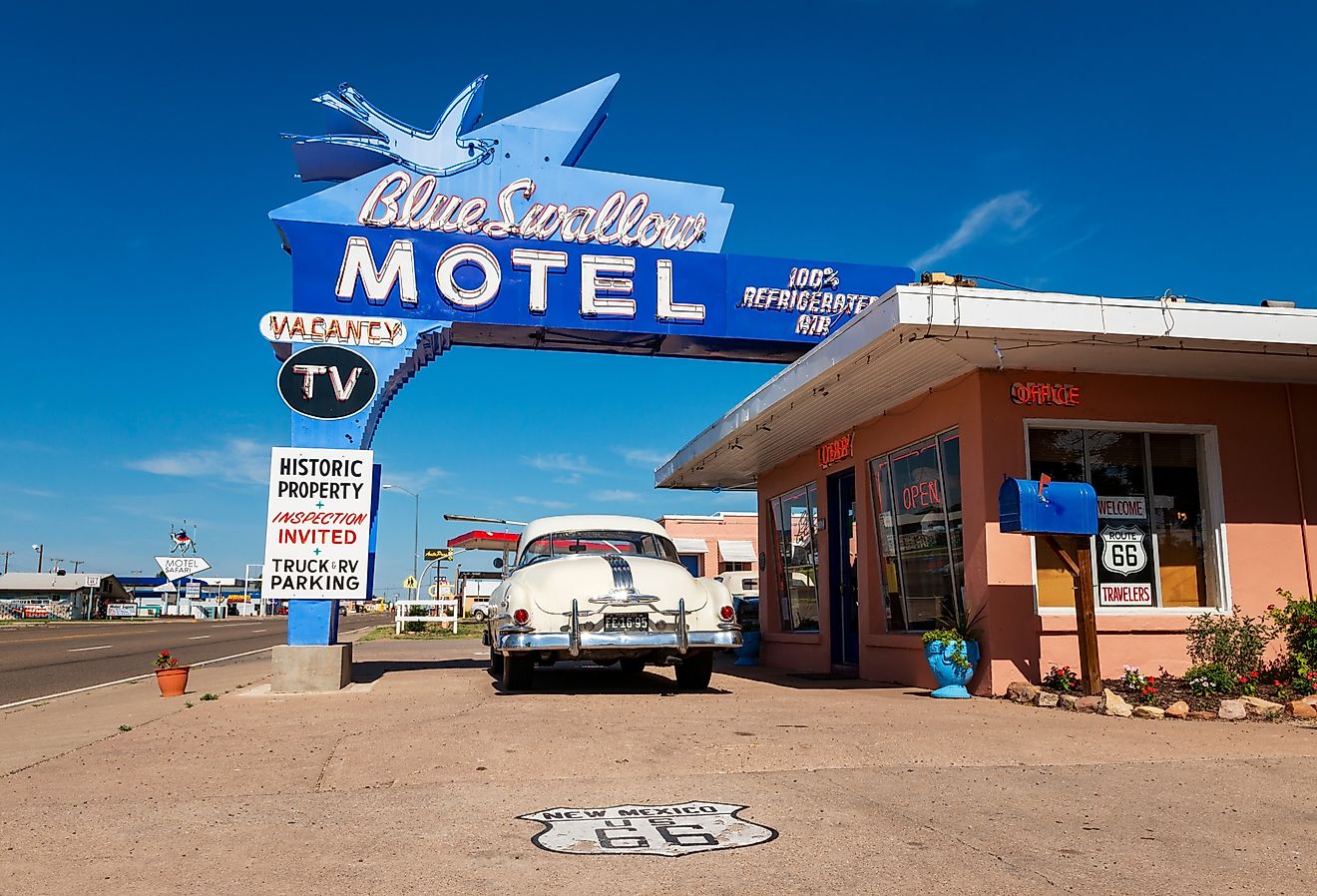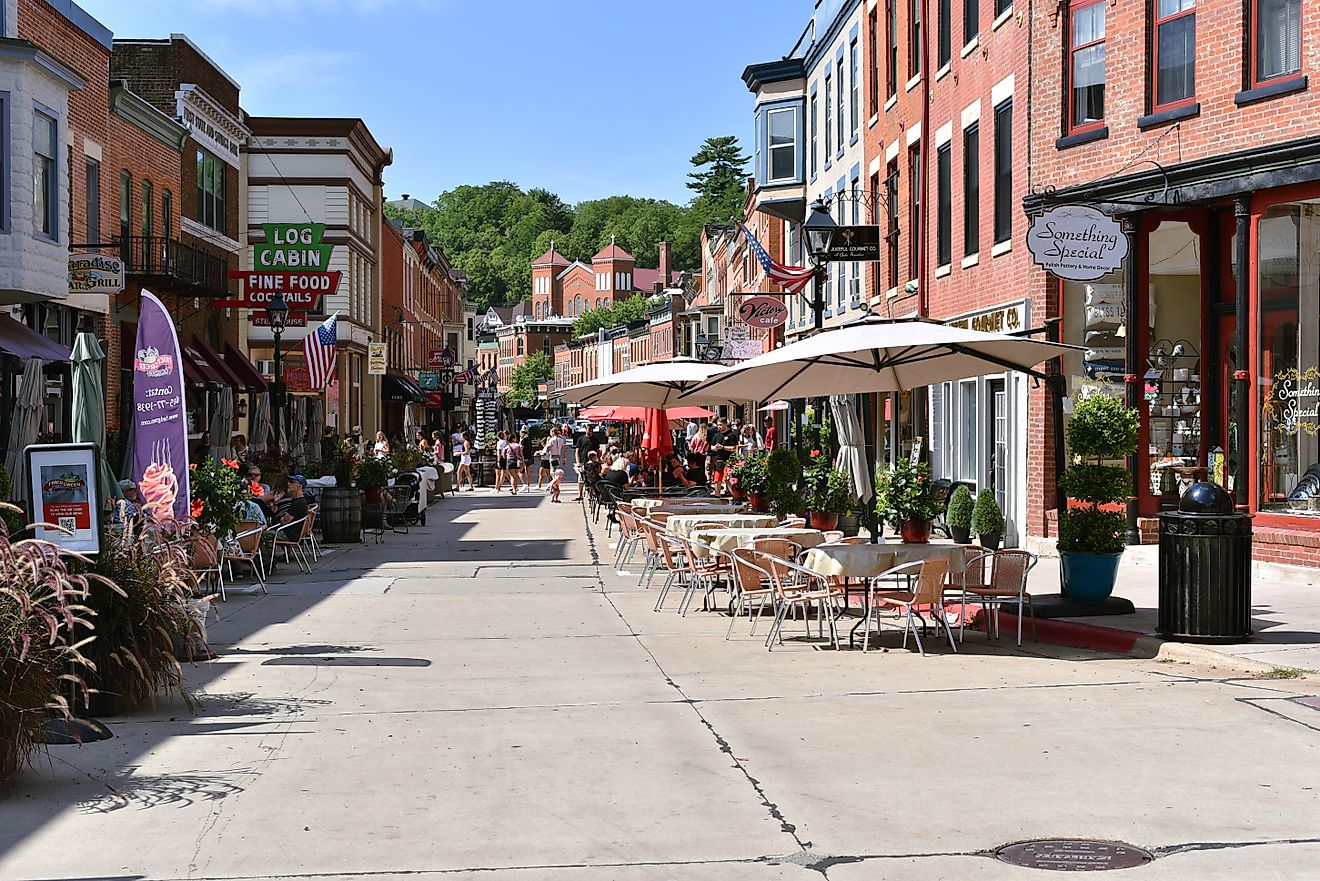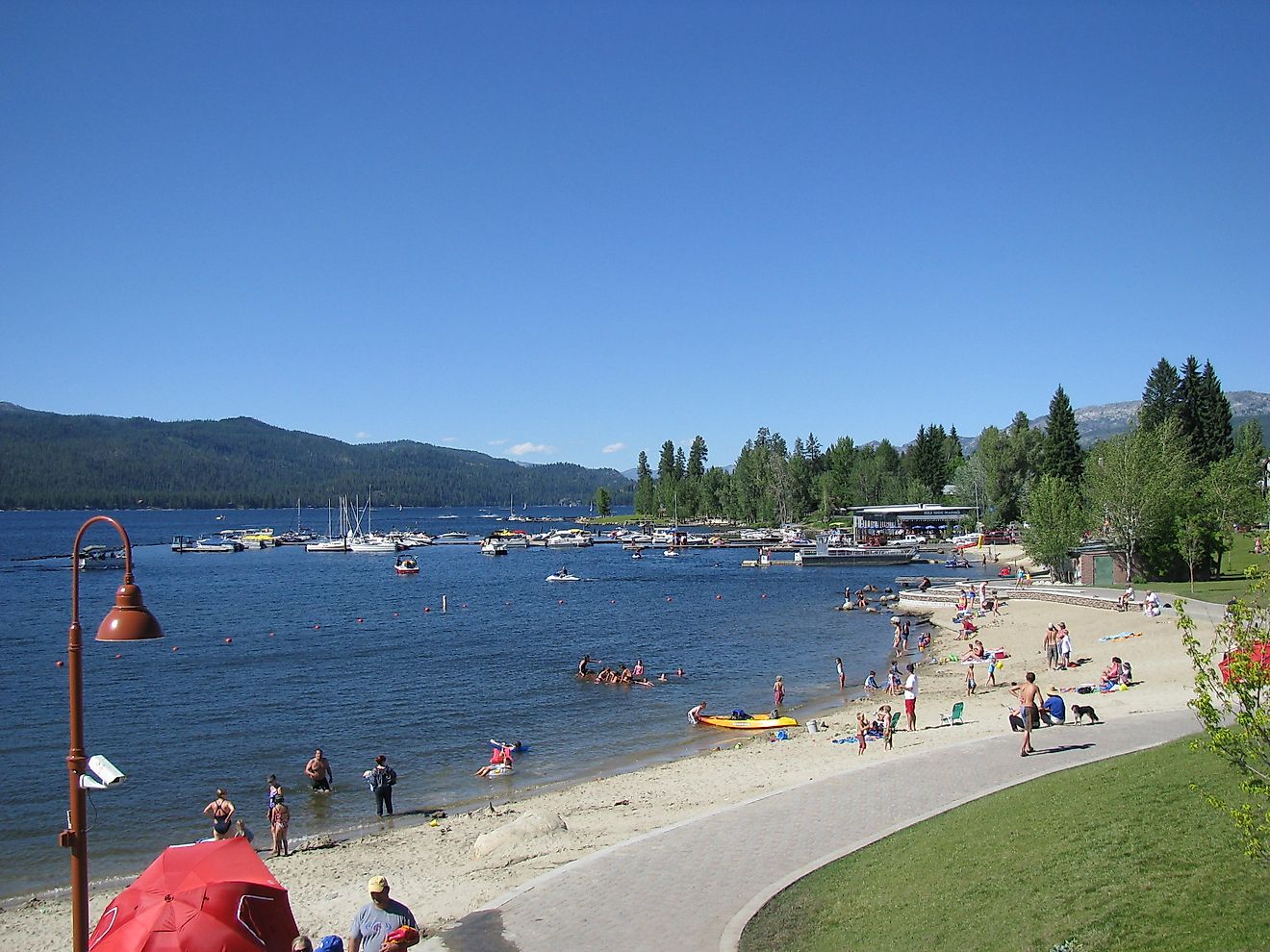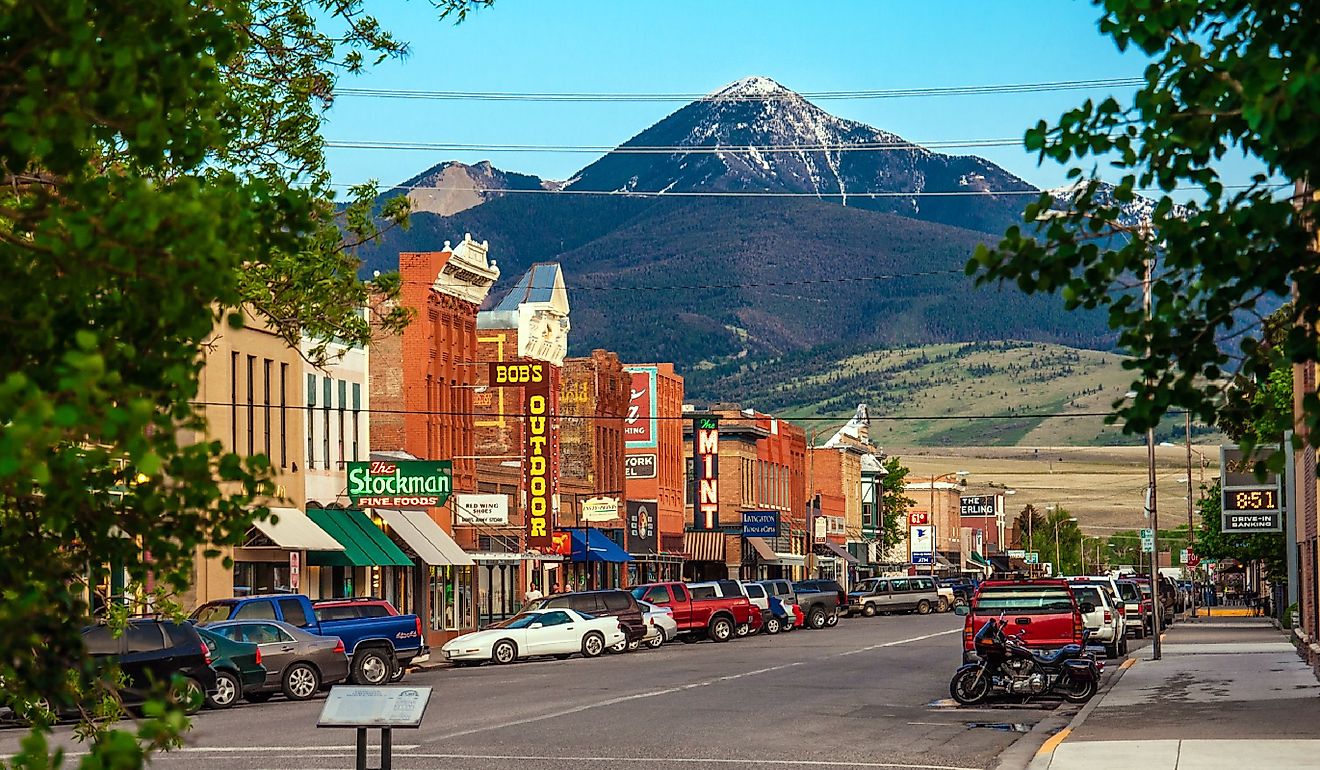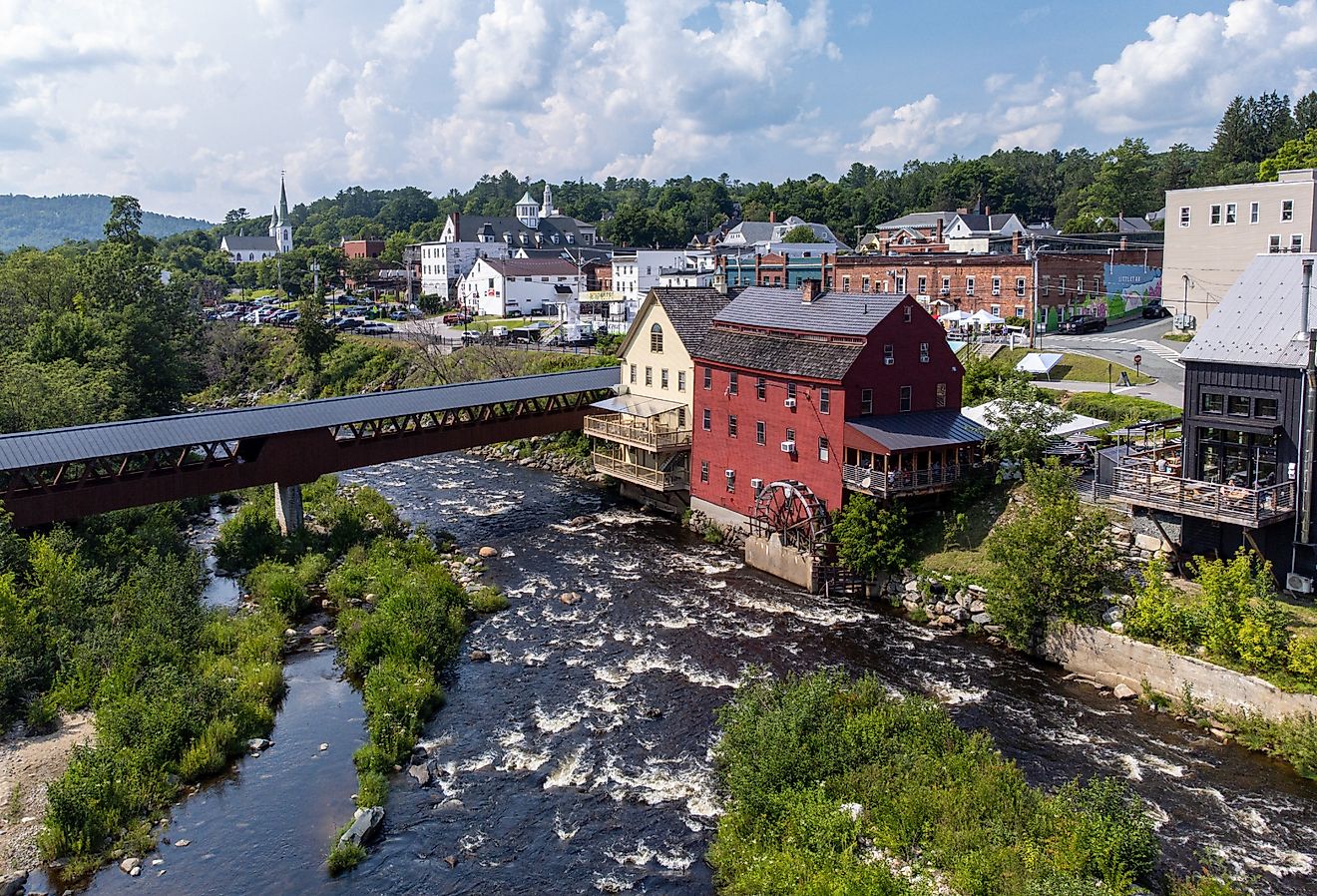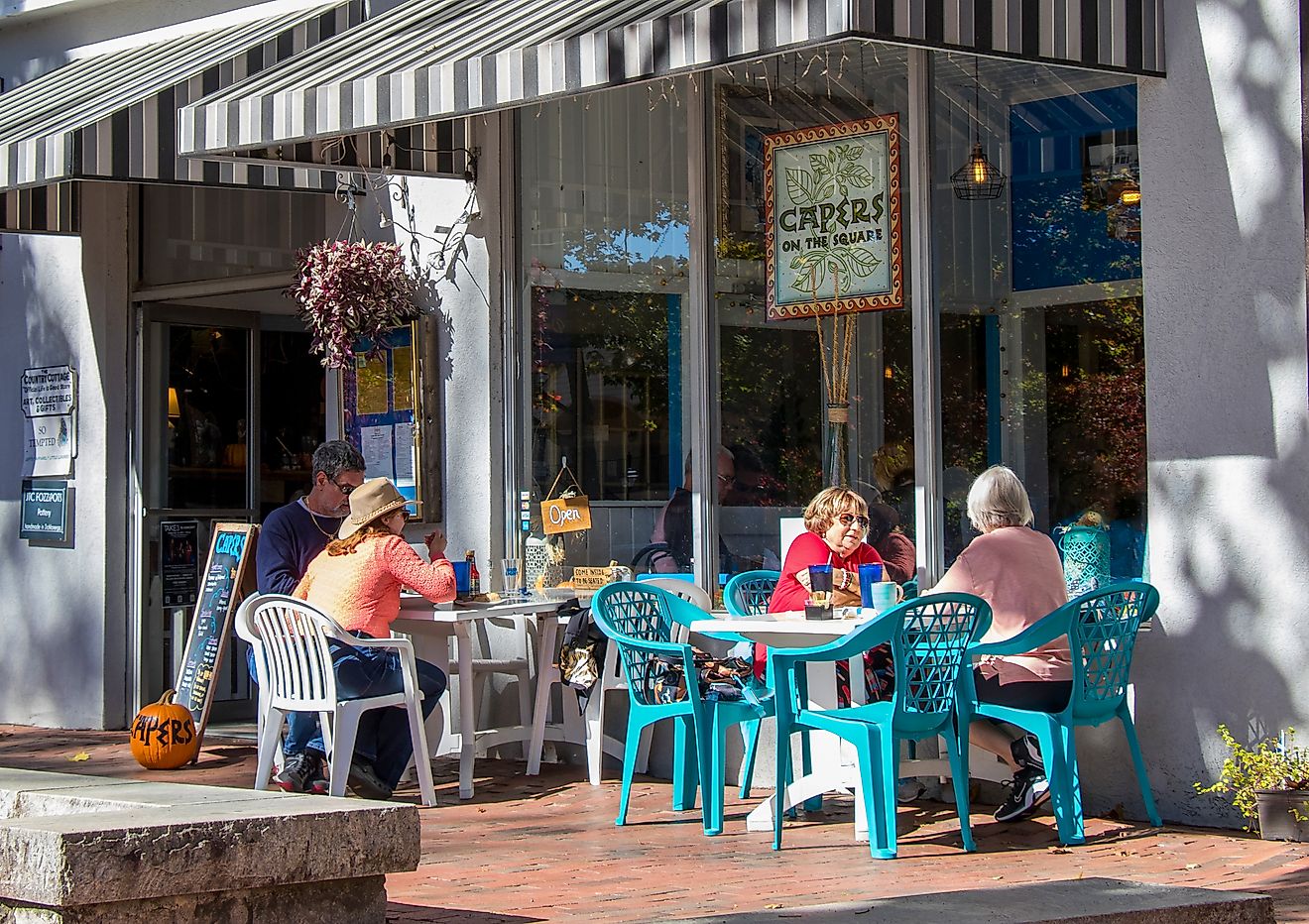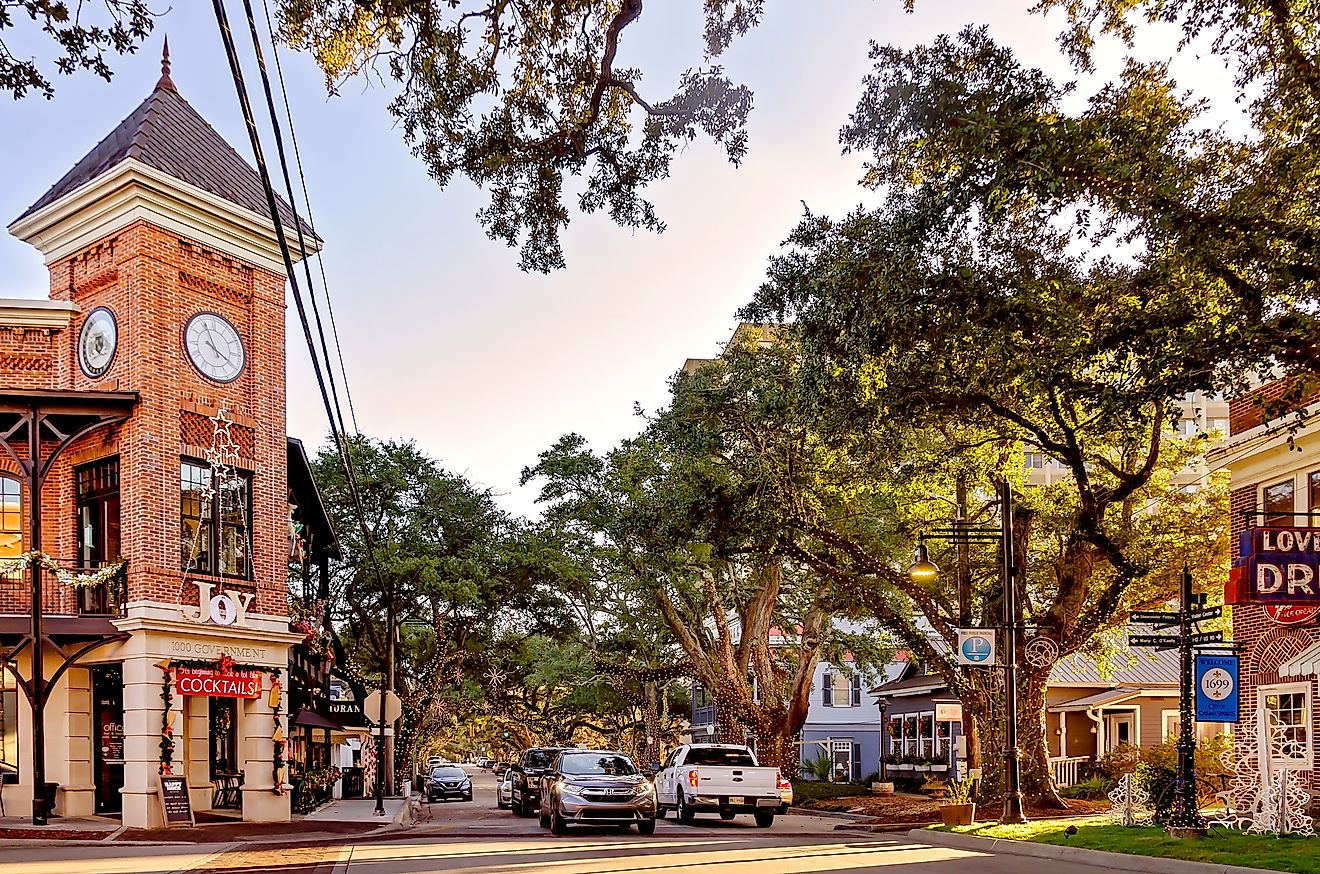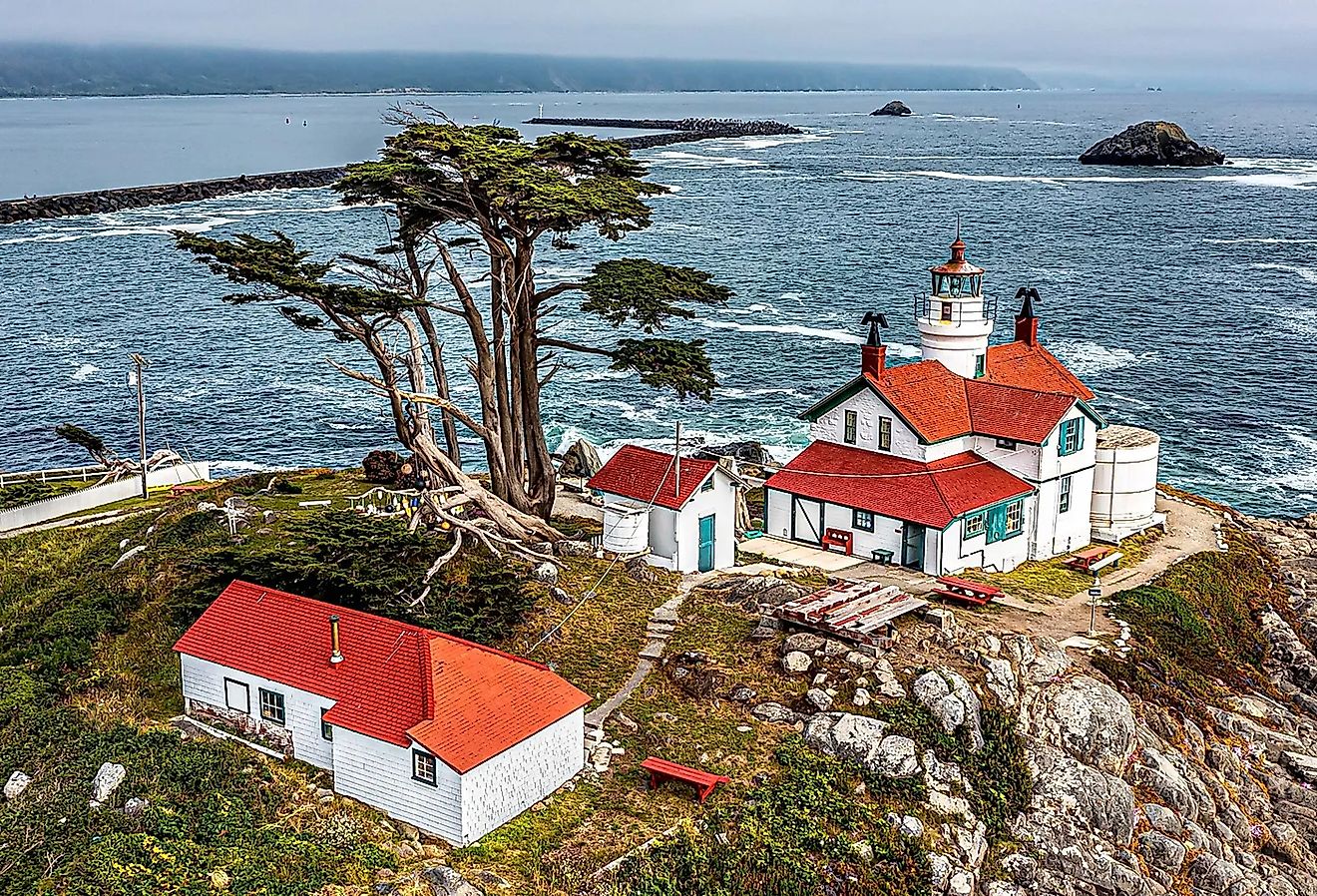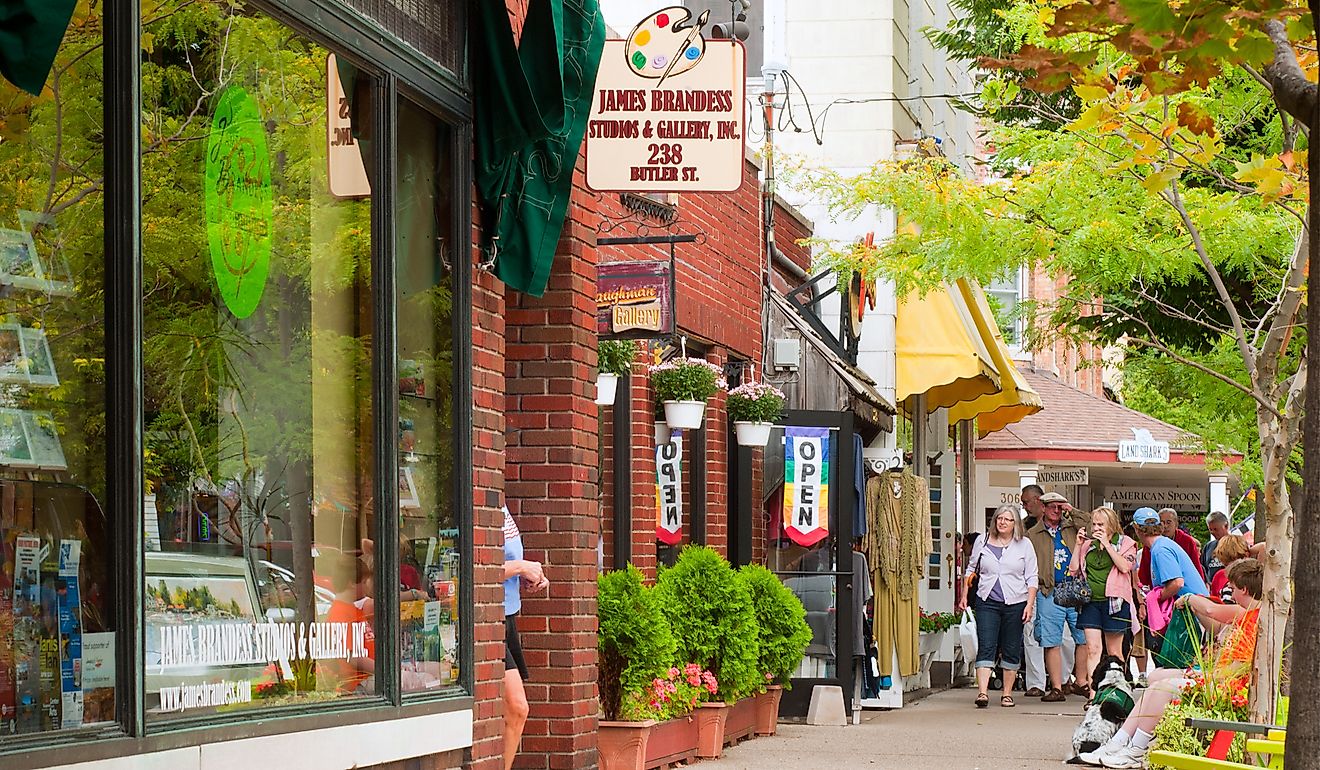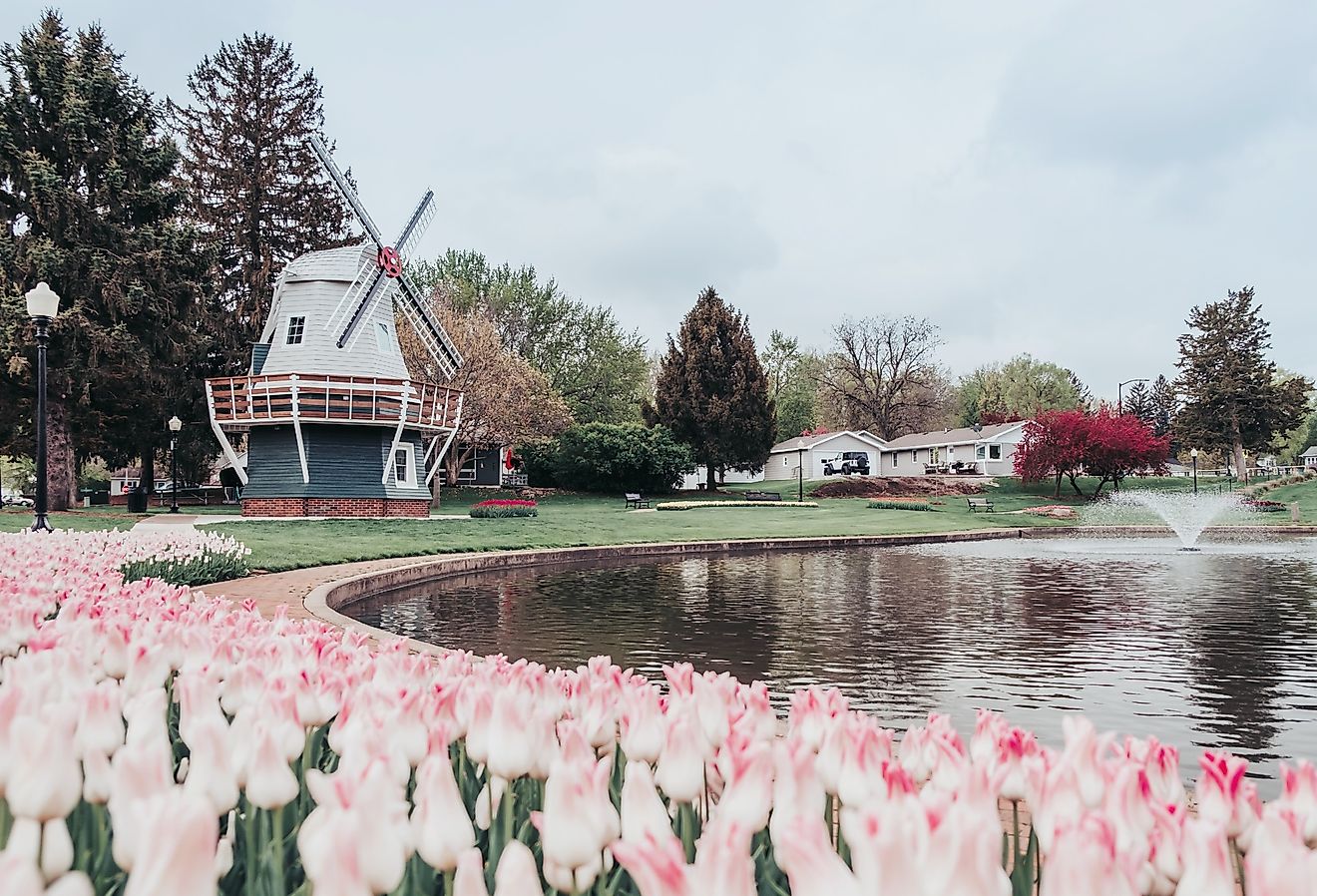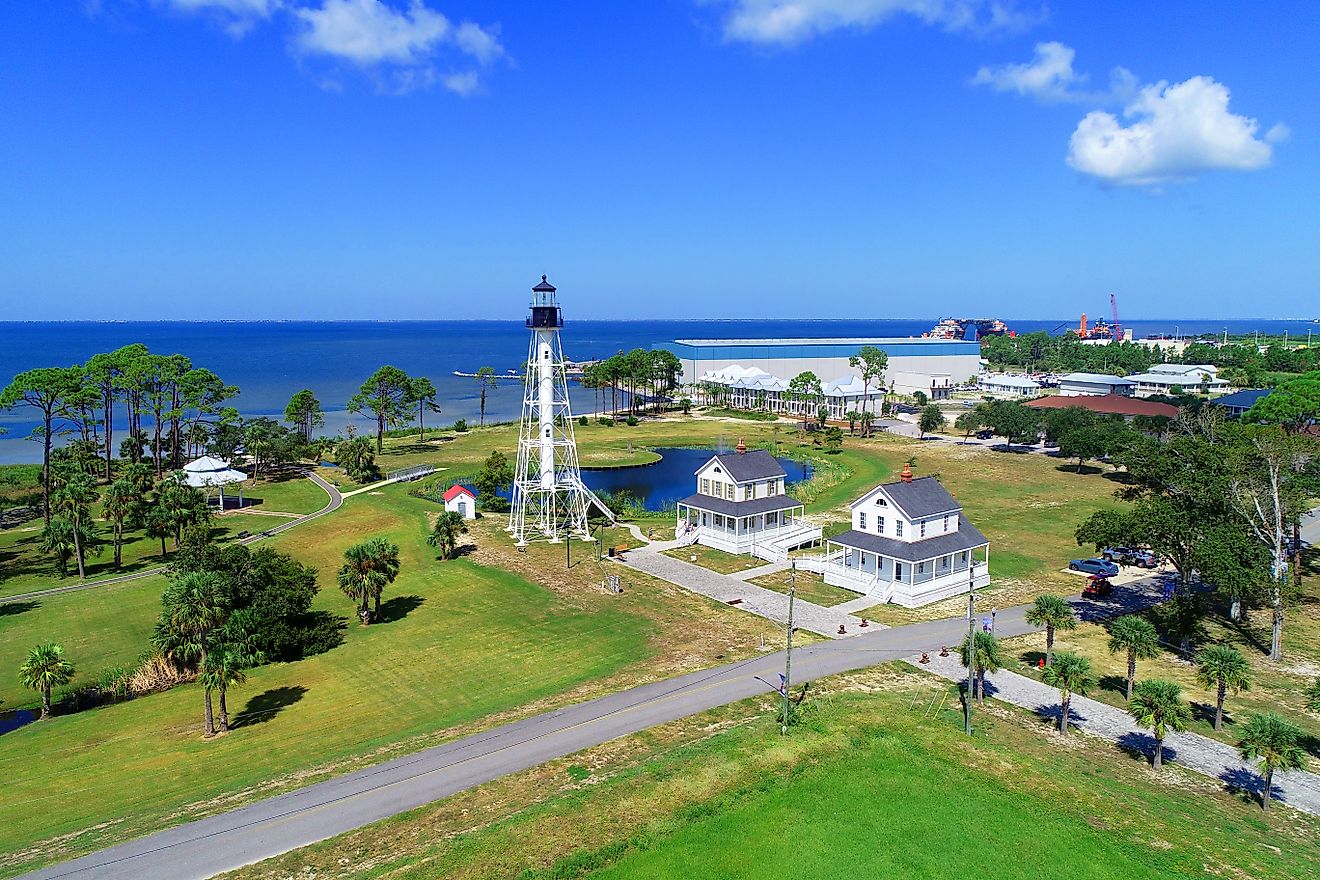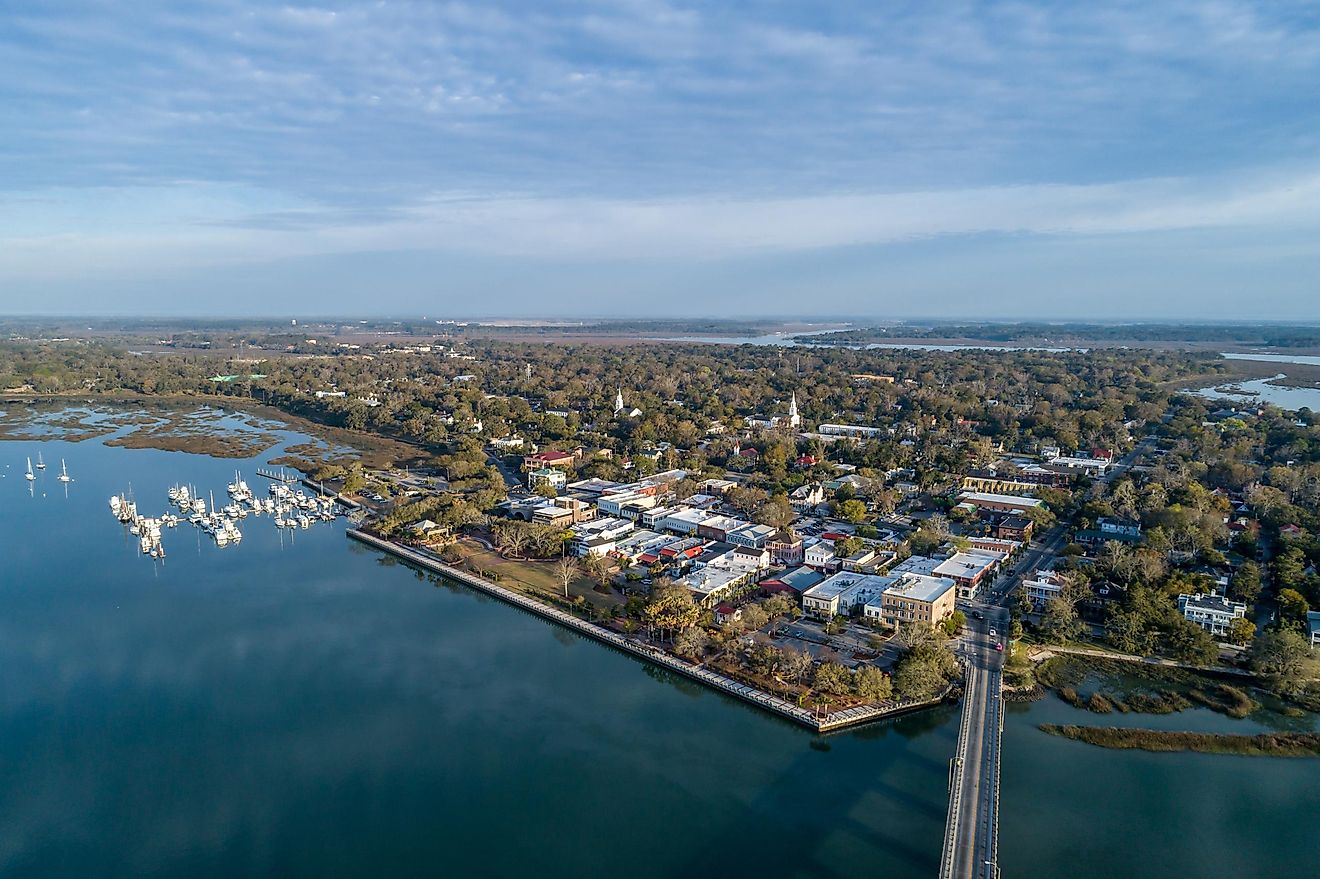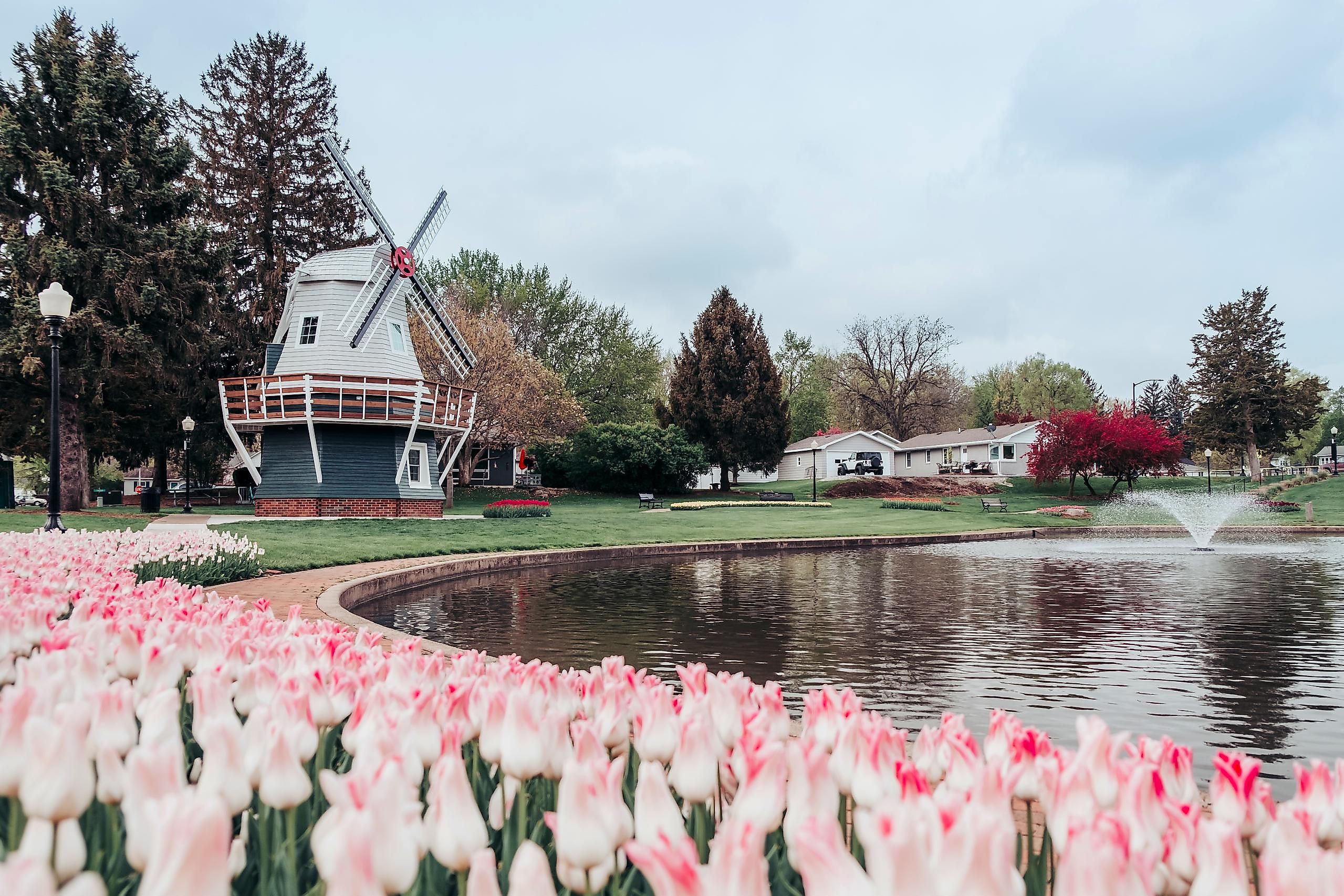
The Most Unique Iowa Towns
The "Hawkeye State," also famous as the "Food Capital of the World" – Iowa has exciting wonders that tourists can explore in some of its most unique towns. The state's Midwest charm is hidden in its quiet scenic landscapes, diverse agricultural production, and friendly and helping communities. From Pella's Tulip beds and Dutch culture vibe to the distinct German heritage at Amana, as well as Fort Madison's heterogeneous architectural styles, these notable Iowa towns treat their visitors with memorable experiences. The small towns, being not too populated, allow their residents and all who visit them to rediscover different traditions, lifestyles, and picturesque landscapes. These unique Iowa towns welcome all those looking forward to a one-of-a-kind relaxing getaway.
Amana Colonies
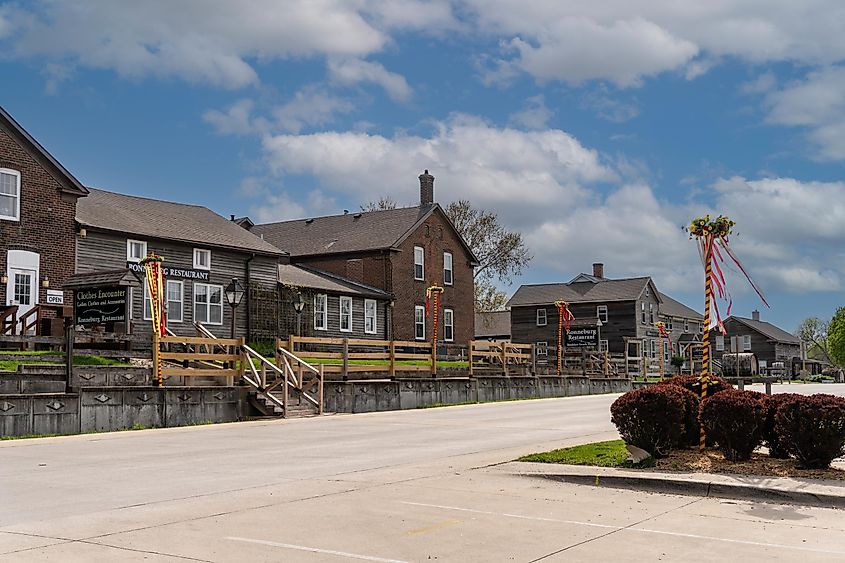
In the east-central part of Iowa, about thirty minutes from two of Iowa's major cities, Iowa City and Cedar Rapids, lies Amana Colonies, a combination of seven beautiful villages referred to as "Amana" or "Main Amana." The colonies built by German immigrants are not too populated but attract many visitors each year. Amana, meaning "remain true," has preserved its unique culture over the years. The town is one of America's longest-lived communal societies. It is a National Historic Landmark where tourists delight in local wine and beer, purchasing antiques, furniture, clocks, and handwoven baskets. The Amana Heritage Museum is the best place to explore its history. Amana is famous for its high-quality handcrafted items.
Recreational opportunities are available, such as the Kolonieweg Trail (Colony Way) for hikes and trails, and Amana Colonies Golf Club, a scenic golf course for golfing. Amana celebrates festivities such as Maifest, Winterfest, and the Wurst Festival. Access the Visitor Center and take guided tours led by locals for an enjoyable experience with the chance of learning about Amana. Other great spots to explore include Iowa Valley Scenic Byway, Amana Furniture and Clock Shop, Ackerman, and Village Wineries.
Bentonsport
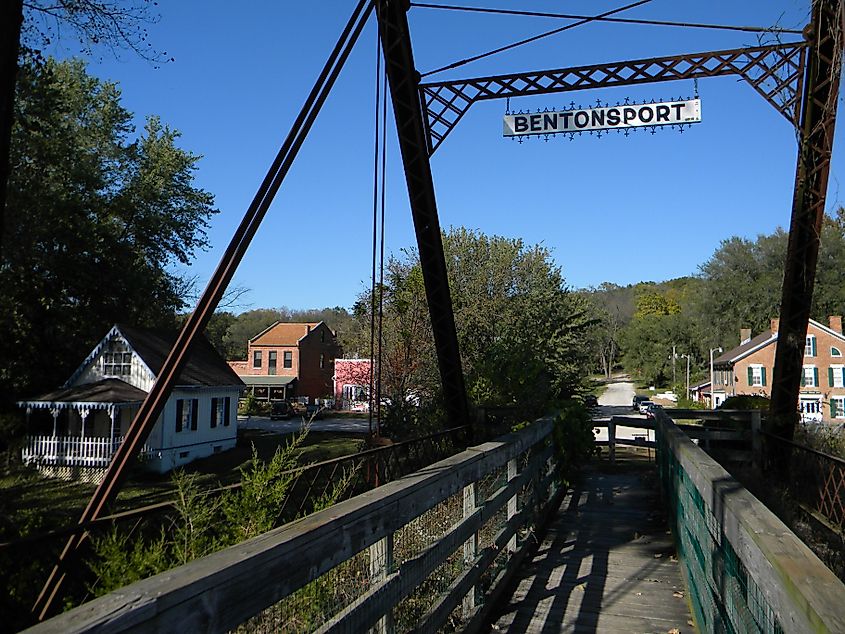
Bentonsport is a quaint, majestic, sparsely populated town listed as a famous village on the National Register of Historic Places. It covers sixteen blocks in the historic center of the town. Located near Keosauqua in Van Buren County, Iowa, the town's history dates back to the 1840s when it expanded into a thriving port city along the Des Moines River. The waterfront property, the wagon bridge across the river to the village of Vernon, rental cottages, antique shops, campgrounds, museums, flower gardens, and local artisans add to the uniqueness of this town.
Bentonsport now has less than fifty residents but is a popular tourist spot because of its natural beauty, river landscape, and a rich assortment of fine buildings still preserved in their original 1840s architecture. Famous tourist spots include the Bentonsport National Historic District, the Indian Artifact Museum, the Bentonsport Iron Truss Bridge, and the Bentonsport Bridge.
Eldora
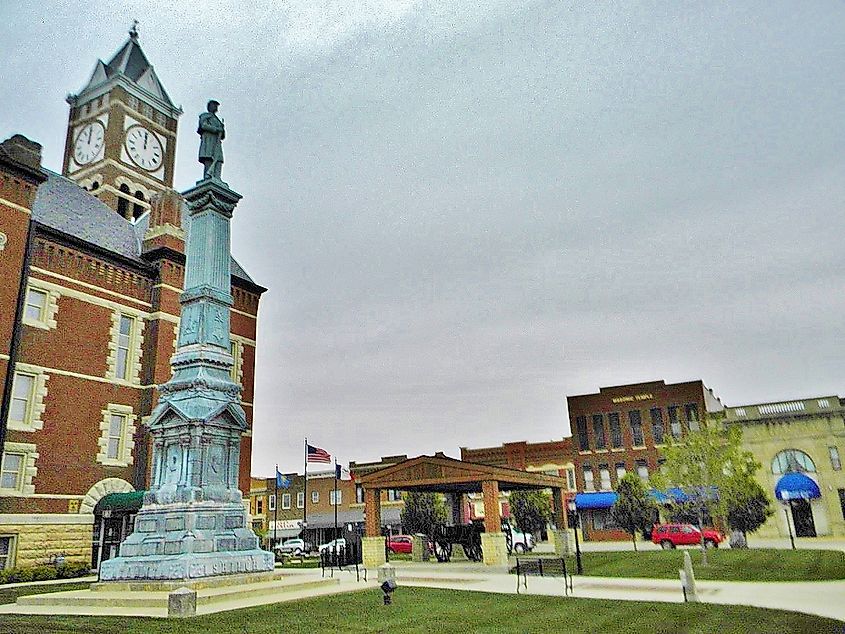
Eldora is set in northeast Iowa to the west of Waterloo and is popular for its outdoors. The small town has a friendly community of less than 3,000 people and attracts visitors to explore its beauty. Many landmarks, including the iconic courthouse, are on the National Historic Register. While at Eldora, tourists can enjoy the Iowa River. Located near Pine Lake State Park, one of the first in the state, visitors can explore water bodies and beautiful woodland landscapes. Campgrounds and cabins at the lake make it possible to take overnight trips.
Some great picnic spots include the Twister Park and the Memorial Park. Visitors must visit the Hardin County Farm Museum to spot some great antiques. Some more great sights in the town are the Eldora Grand Theater, Eldora Aquatic Center, Former Eldora Public Library, Oxbow Park & Zollman Zoo, Fallen Rock State Preserve, and Tower Rock Park.
Elkader
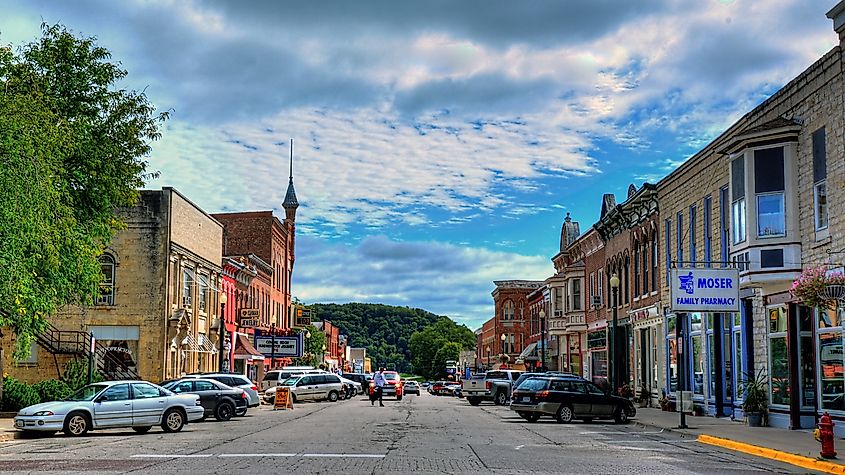
This Clayton County town in Iowa has a population of less than 2,000 and is in northeast Iowa, along the Turkey River. Elkader is a scenic town with a lush green landscape, with its farmlands, rivers, streams, and wooded hilly areas attracting outdoor lovers to explore the town. Recreational opportunities for year-round entertainment are available at places such as Backbone State Park, Elkader City Park, Founders' Park, Elkader Golf & Country Club, Pony Hollow Trail, and George Maier Rural Heritage Center.
History buffs can stroll through Elkader's downtown and visit the Carter House Museum for some amazing history that takes its visitors 150 years back in time. Another beautiful spot is the 346-foot long bridge called the Keystone Bridge, built over the Turkey River in 1889 from local limestone. The bridge is the largest arch bridge to the west of the Mississippi River. Other famous spots are the Motor Mill Historic Site and Elkader Opera House.
Fort Madison
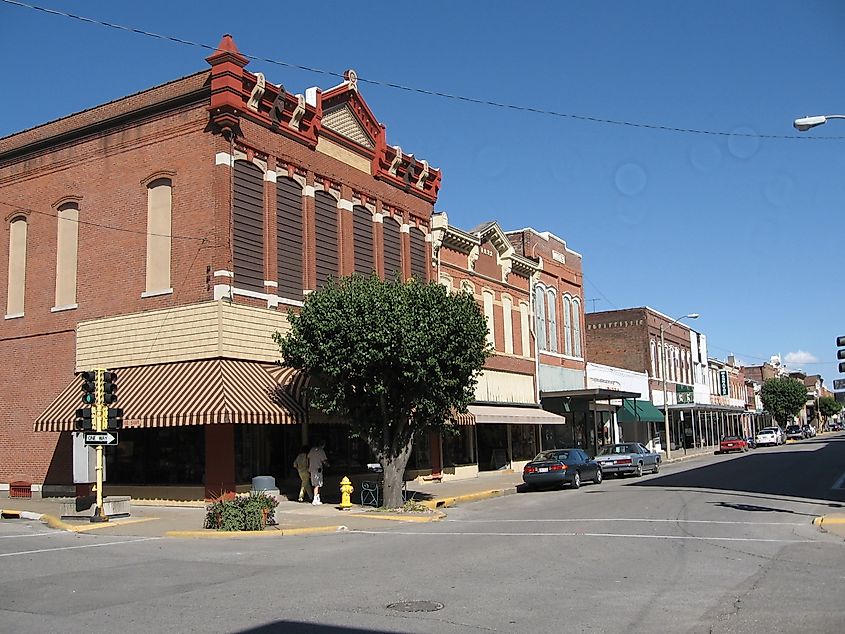
The iconic town of Fort Madison, with a population of about 10,200, runs along the Mississippi River in Iowa's southeast region between small bluffs of the widest portions of the river. It is the county seat of Lee County along with Keokuk. With Lee County's 47 districts and properties on the National Register and one National Historic Landmark, the town has attractive building infrastructural styles. The Downtown Commercial Historic District has storefronts from the late nineteenth century, along with the Park-To-Park Residential Historic District, with old architectural styles such as Gothic and Victorian architecture. The town's highlight is the original Fort built by the US government in 1809 in the upper Mississippi region, which was later reconstructed a few blocks away from the main fort, a top tourist attraction even today.
The interactive museum is another popular historical attraction with costumed drama performances during the summer months of June to August. The town hosts the Tri-State Rodeo, which happens over four nights in early September, with live music and other celebrations attracting cowboys and spectators. Fort Madison Bridge, Riverview Park, and Wilson Lake Park are other top tourist spots.
Decorah
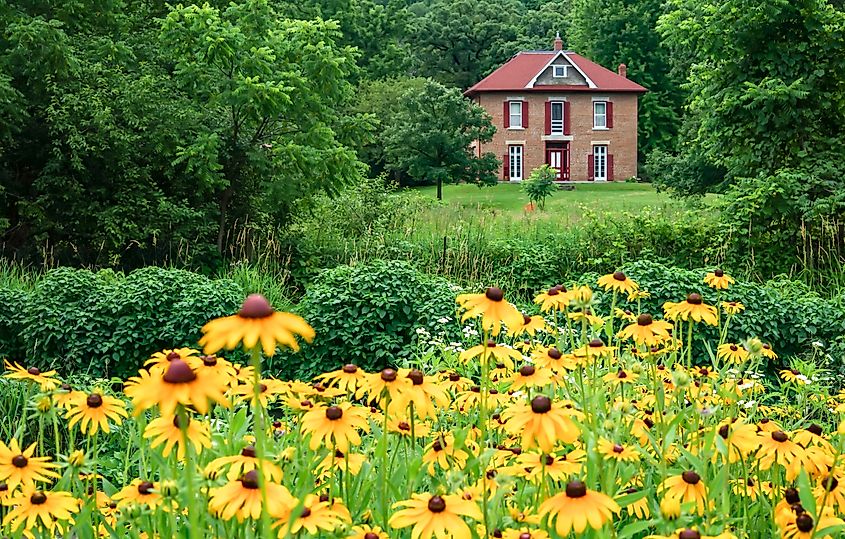
The small town of Decorah in northeast Iowa, with about 7,500 residents, has stunning landscapes, including woodlands, bluff-lined rivers, and farmlands. Norwegian-American culture is prevalent in this town owing to the Norwegian settlements from the 1850s. People exploring this scenic town can indulge in outdoor activities such as ice cave exploring, waterfall hiking, jogging, and cycling at places like the Trout Run Trail. The eleven-mile paved loop is close to one of the state's largest fisheries, the Decorah Trout Hatchery. Viewing bald eagles, mountain biking at Palisades Park, and paddling at the Upper Iowa River are other fun things to try. Visitors must also visit Dunning's Spring Park, Phelps Park, Porter House Museum, and the Vesterheim Norwegian-American Museum.
During the winter, cross-country ski trails are held throughout the town. Decorah hosts the Nordic Fest every July to commemorate the culture and old customs of Scandinavian countries like Norway. The downtown area has a good mix of restaurants and local shops, with places like Agora Arts, Blue Heron Knittery, Heavenly Made, and Family Table Decorah, which can be explored between outdoor adventures.
LeClaire
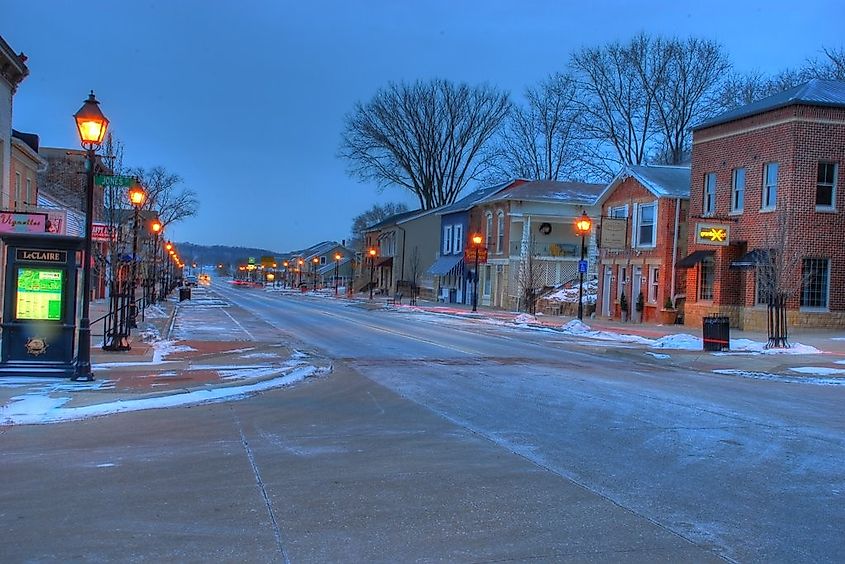
The river town of LeClaire across the Mississippi River from Illinois in eastern Iowa has about 4,700 residents with scenic spots of stunning landscape, lots of eateries, brew pubs, distilleries at the LeClaire Libations Lane in downtown, and valuable antiques at the Antique Archaeology (home of the American Pickers) or Decades. The LeClaire Information Center provides tourists with useful information about the town. The Buffalo Bill Museum tells stories of the nearby Mississippi River region. The museum exhibits include the famous frontiersman, William Frederick (Buffalo Bill), born in the town in 1846.
Big Muddy provides some great views of LeClaire, while the Riverboat Twilight cruise provides visitors with splendid views of the river. Locals and tourists take pleasure in viewing the eagles that flock to the banks of the Mississippi waters in winter. LeClaire's event, "Tugfest," is hosted annually over three days in August. This rope-pulling event between states also has other attractions like a live band, road race, carnival, huge firework display, and food on both sides of the river. Other great tourist attractions include Hollyhock and Huckleberry Park, Wide River Winery, and LeClaire Levee and Boat Ramp.
McGregor
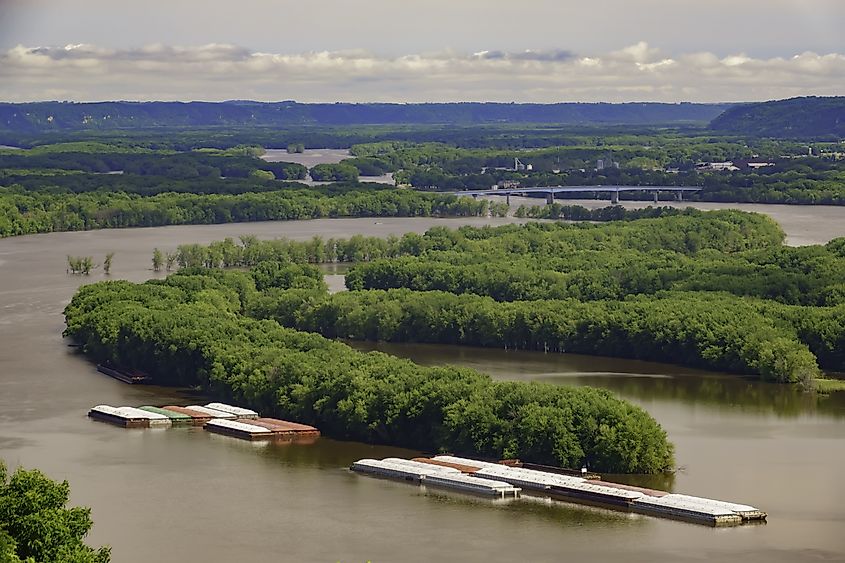
McGregor, in northeast Iowa, is a beautiful town with picturesque views of the Mississippi River. The town lies on the river across from Wisconsin (Prairie du Chien). Tourists and locals can cherish the town's natural beauty in outdoor places such as Pike's Peak State Park, which allows its visitors to enjoy miles of trails and the scenic woodland landscape. To the north of McGregor is "Iowa's Best Kept Secret," the city of Marquette. McGregor's cozy downtown district, with places like the McGregor Historical Museum, Paper Moon, and By The Spoonful, further attracts people to uncover and admire the town. Visitors can shop at the McGregor-Marquette Center for the Arts, where they can participate in workshops or purchase local art.
McGregor's celebrates special events such as flea markets, wine and beer fests, classic car cruises, Old West re-enactments, and arts and craft festivals during the fall arts and crafts festival, Spook Cave Ghost Hunt, and The Rush Cleveland Trio Live at Jades River Queen. Other great places to explore are the Villa Louis Historic Site, Eagles Landing Winery, and The Left Bank Shop and Gallery.
Pella
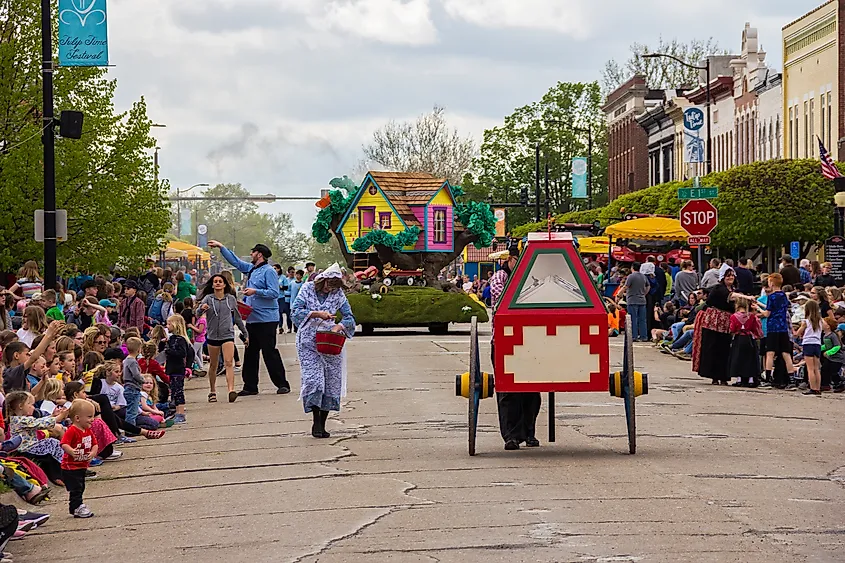
Dutch immigrants built Pella, which has a population of about 10,500 today and lies about forty miles southeast of Des Moines, the capital city of Iowa. The Dutch appeal gives this beautiful town the "Little Holland" touch, rendering it unique. The town has a replica of the Dutch square (Molengracht) and the Vermeer Windmill, the largest working grain windmill in North America, which are both famous attractions at Pella. Sightseers must experience the Dutch culture and traditions and observe the magnificent 22 buildings at The Pella Historical Society. The restored Pella Opera House is another great place to explore while in Pella. Besides Pella Historical Village and Vermeer Windmill, an exquisite sight adding to Pella's elegance is the Tulip adorned streets. During the annual Tulip Time Festival held during springtime in May, attendees can observe over 200 fascinating Tulip beds that the city maintains.
Other exciting sights to explore include the Scholte House Museum & Gardens, The Klokkenspel, Vermeer Museum & Global Pavilion, The Pella Canal, and the Pella District. Tourists should consider savoring Dutch delights like puff pillows, Dutch letters, and cream horns at places like Vander Ploeg Bakery and Jaarsma Bakery.
Spirit Lake
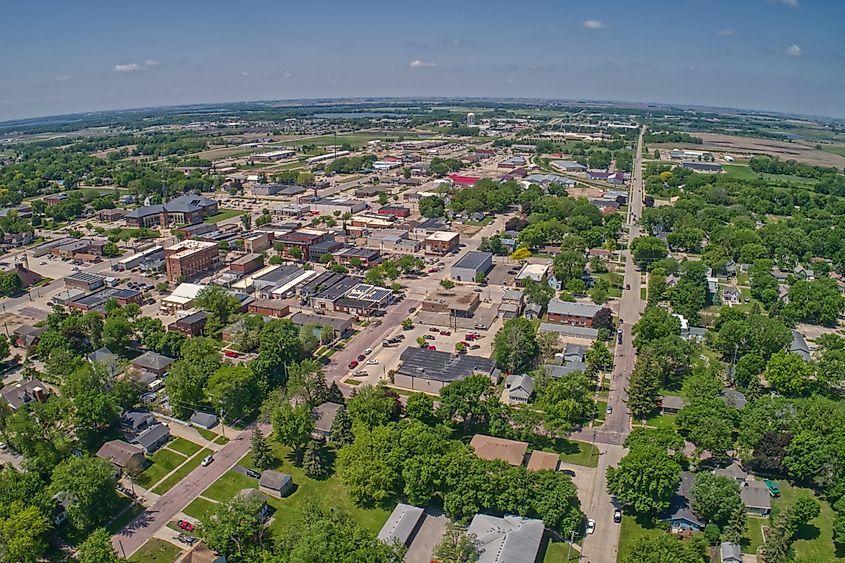
Spirit Lake is a picturesque Dickinson County town in northwest Iowa, in the Iowa Great Lakes region. Lying near the Minnesota border, this town is a water-rich region that is popular for summer vacation and relaxing getaways. Spirit Lake has water all around it, including the largest natural lake in the state, Big Spirit Lake. East and West Okoboji Lakes surround this small town with about 5,500 residents. In the summer, tourists flock to the town to unwind with all sorts of water activities, including swimming, fishing, and boating. The availability of overnight lakeside stays makes it easier to holiday along the shores of the Iowa Great Lakes.
Nearby attractions include the Arnolds Amusement Park, which provides visitors with rides, games, and river cruises, and the Kettleson Hogsback Wildlife Area, with opportunities to explore nature, wildlife, and hiking trails. The Dickinson County Museum inspires people through artifacts, publications, special events, and educational activities. Tourists can also unwind at the Elinor Bedell State Park, Templar State Recreation Area, and Marble Beach State Recreation Area.
Each unique Iowa town helps you destress amidst nature and learn about the diverse cultures specific to each small town. Weigh your preferences to decide between rejuvenating at Spirit Lake, learning more about Norwegian-American culture at Decorah, or just relaxing as you marvel at the Mississippi River views at McGregor. You could also plan long weekend getaways by clubbing two or more towns to explore. Pack your bags and get going to one of these towns to create unforgettable memories that will last a lifetime.
